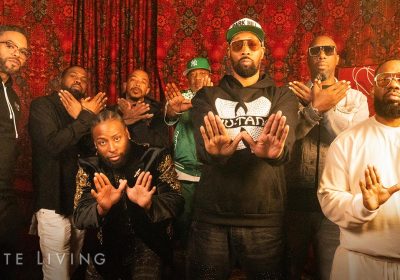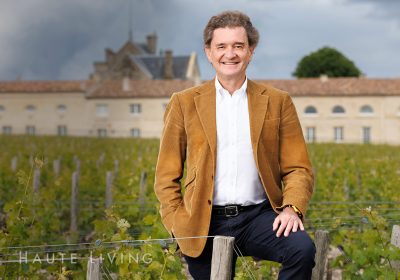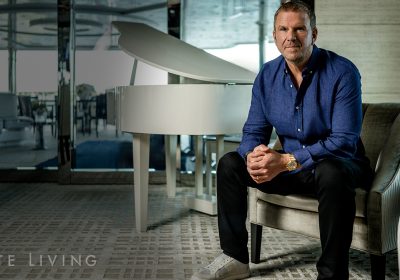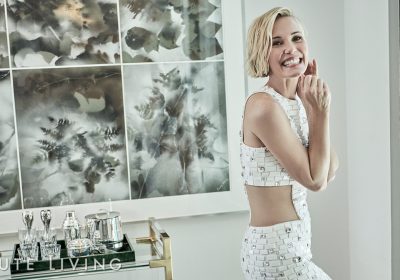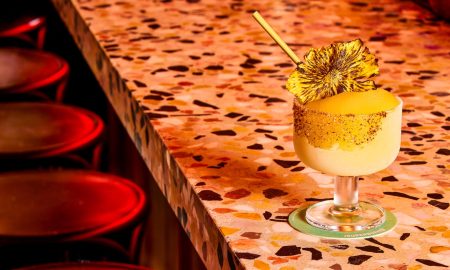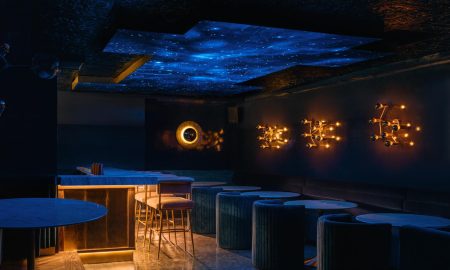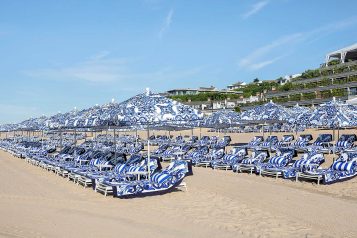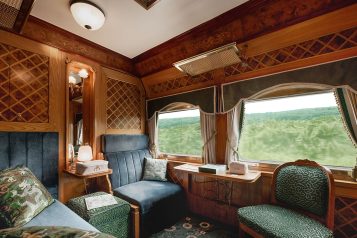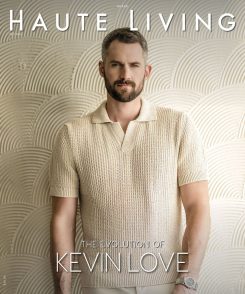In the Legendary Estates of Beverly hills, Jeffrey Hyland, president of Hilton & Hyland, a residential and commercial real estate brokerage firm in Beverly Hills, takes readers inside the front gates and behind the hedges of 50 of America’s most coveted estates. In our third installment of The Legendary Estates of Beverly Hills, Jeffrey Hyland gives Haute Living readers an insider’s peek at the history of two of these spectacular properties. For more of the goods, the 430-page, 12-inch by 16-inch book can be ordered on www.thelegendaryestatesofbeverlyhills.com.
Cove Way, Beverly Hills
If anyone could rightfully claim to be the founder of Beverly Hills, it was Burton E. Green, the oil millionaire who recognized that a dusty lima bean ranch halfway between Los Angeles and the Pacific Ocean could be transformed into a fashionable residential community.
In early 1906, Green and his partners purchased the 3,000-acre ranch for $400 an acre. Later that year, Beverly Hills held its grand opening. “No such project has ever before been brought into being in Southern California,” one advertisement boasted. “As a living place, Beverly Hills is incomparable, here is something in a class alone.”
This time, the real estate hyperbole was true. Green’s company had laid out gently curving tree-lined streets, divided the land into spacious lots, and set aside parkland. In 1911, the company built the famed Beverly Hills Hotel on Sunset Boulevard, so that potential buyers had comfortable accommodations for a night or two and would hopefully purchase a lot in the nearly empty community. The hotel’s dining room was Beverly Hills’ first restaurant.
That same year, Burton Green made an unmistakable show of confidence in Beverly Hills’ future: He and his wife, Lilian, purchased an estate site several blocks from the hotel. At his request, family members and friends built homes nearby.
In 1915, the Greens moved into their Tudor-style mansion. They had spared no expense. The front door opened into a 25-by-30-foot reception hall, which led into the 20-by-30-foot staircase hall. The first floor boasted a 24-by-45-foot living room, a 20-by-24-foot library, and a 24-foot-by-35-foot dining room. Every room was paneled in mahogany, walnut, or oak and had a marble fireplace. The east- and south-facing rooms opened onto 24-foot-wide terraces overlooking the grounds, which included a playground for their children, a tennis court, various garden pavilions, and even a small lake.
In selling property in Beverly Hills, Green wanted to attract Social Register people like his own family. So, what did he think of the influx of Hollywood movie stars into the area in the 1920s and 1930s? Did he view these newly rich, often rough-edged newcomers with some disdain? Or did he secretly welcome the movie stars, because their presence escalated the value of Beverly Hills real estate? We will never know.
In 1965, Burton Green died at his estate at age 96. For decades, he had realized that his original vision for Beverly Hills had come true. By then, however, Green’s showplace 1915 mansion was definitely old-fashioned for most buyers.
In 1968, a wealthy businessman purchased the Green estate and remodeled the house into a Neo-Georgian look. Since Green’s death, the estate has sold twice, and it has been renovated each time.
After all those short-lived updates, the current owner has given the estate a timeless dignity and elegance that is reflective of the image the name Beverly Hills conjures up. The gently sloping grounds, which are hidden from view behind tall hedges, have rolling lawns, rare specimen trees, flowerbed displays, and museum-quality sculptures by Maillot.
Greystone, Beverly Hills
No Beverly Hills estate has ever been grander—and cloaked in more mystery and sorrow—than Greystone, the baronial estate of Edward Laurence “Ned” Doheny Jr., whose father was one of the nation’s richest men in the early 20th century thanks to his oil holdings. The 55-room, 46,000-square-foot, Tudor-style mansion, a gift from father to son, had cost an astounding $4 million dollars upon its 1929 completion.
The Doheny mansion—which was home to Ned, his wife Lucy, and their five children—had been built to stand for centuries. The gray Arizona stone façade, which gave the mansion its name, was merely a veneer for the three-foot-thick steel-framed concrete walls. Even the steeply pitched slate roof was reinforced with concrete.
Its 22-acre grounds included formal gardens, a 15,000-square-foot stable, and a children’s playhouse the size of many homes, plus a waterfall down one hillside that could be turned on or off with a switch. The separate 410-acre Doheny Ranch stretched up into the foothills behind the mansion.
Sadly, Ned Doheny and his family had precious little time to enjoy Greystone before unimaginable tragedy struck their lives.
On February 16, 1929, Lucy Doheny heard shouting and a commotion in one of the first-floor rooms, followed by one gunshot, then another. Moments later, the family found Ned’s long-time personal secretary, Hugh Plunkett, lying face down in a spreading pool of blood. Beyond him, Ned Doheny was sprawled near an overturned armchair, bloody and dying.
Who shot whom? And why? To this day, nobody really knows for sure. Somebody rearranged the bodies and wiped any fingerprints off the gun before the Dohenys let the police into the estate. The deaths, of course, created an immediate media sensation. The Los Angeles District Attorney did not want to probe too deeply into the tangled affairs of the city’s richest family. So, he squelched any further investigation, and he declared that Hugh Plunkett had shot Doheny, then killed himself.
Despite this tragedy, Lucy Doheny raised her children at Greystone. In 1954, she moved into a newly built mansion nearby. The Doheny Ranch was turned into the high-end Trousdale Estates development. Greystone and its surrounding grounds eventually became a city park, and the mansion is open for special occasions.
Not surprisingly, people who have been in the mansion alone insist that it is haunted. Almost everyone reports the same strange sound: a woman, weeping inconsolably. What else could it be but the spirit of Lucy Doheny mourning her dead husband?




